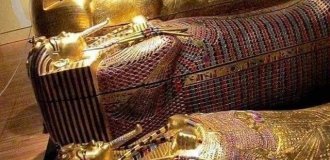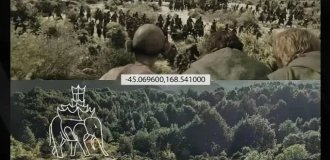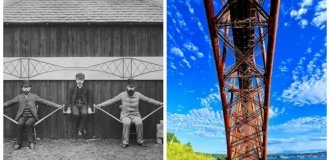One of the most famous mythical creatures, whose image arose around the second millennium BC in Babylon. 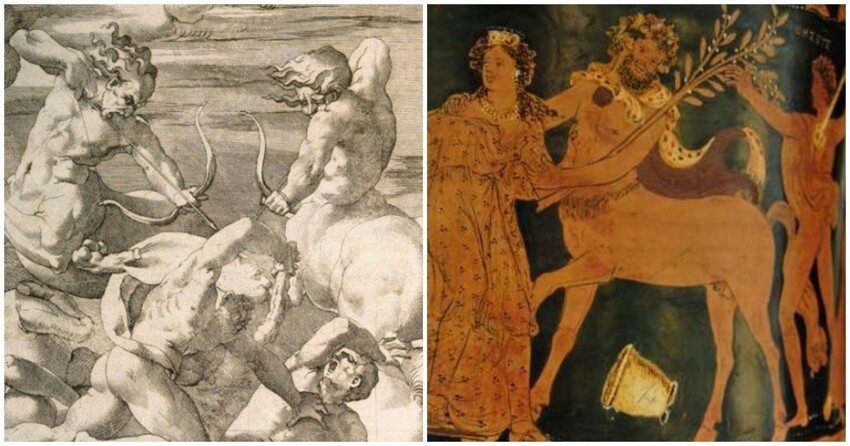
To Mesopotamia around 1750 B.C. the nomads came Kassites. They fought for leadership in the Middle East with Assyria and Egypt. On the borders of their possessions they erected statues of their guardians, and among them one could see a winged creature with horse body and two faces - dragon and human. More from this creatures had two tails - a scorpion and a horse. There is one more a fairly well-known monument - the familiar image of a centaur without wings, who was about to fire his bow. 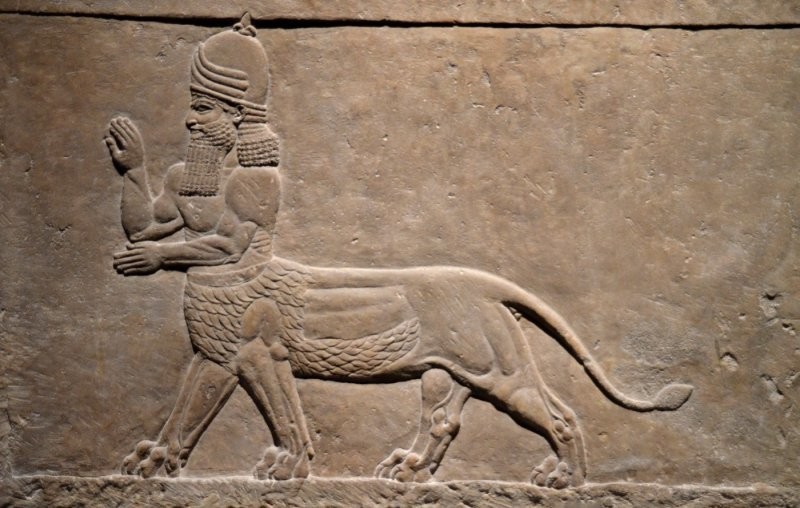
Man with the body of a lion VI-IV centuries BC
The fact that the Kassites depicted a centaur does not mean at all that they invented it. The Kassite empire disappeared by the middle of the 12th century. AD, that is, the history of the centaurs is already more than three thousand years old. 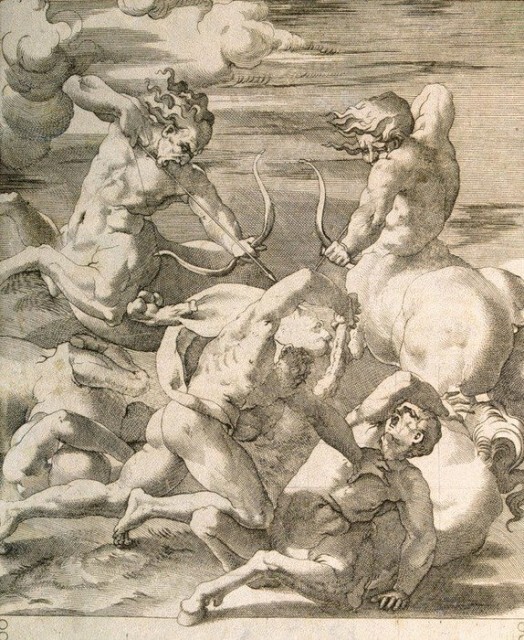
The horse essence of the centaur indicates that The horse played a big role in people's lives. The oldest mention horse dates back to 2100 BC, it was found on the Babylonian clay tablet. It took a long time before the horse became a constant companion of man, and on the distribution of these faithful assistants were greatly influenced by the nomads. Probably ancient farmers did not perceive a nomad without a horse. 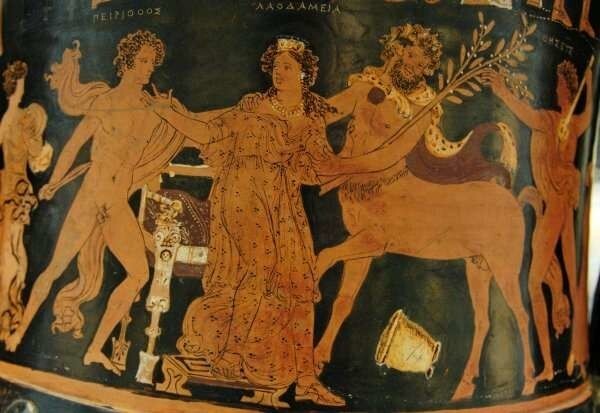
The Kassites had well-established trade relations, and so they gave the centaurs to the Mycenaean civilization, which, by the way, also disappeared by mid-12th century BC And from Crete, the centaur has already ended up in Ancient Greece.
An amphora depicting Theseus and a centaur was found, dated 8th century BC So the Greeks were already well acquainted with Mycenaean mythology. 
Centaurs in Greek mythology
On some of the earliest images, centaurs have front the legs are also human, and human genitalia are also present.
But with four horse legs they began to be depicted later. For the Greeks, the centaur was already more of an animal than a man. Somewhere he was depicted with long hair, and somewhere with short. weapons the centaur could be not only a bow, they were depicted with stones or clubs.
Add your comment
You might be interested in:
